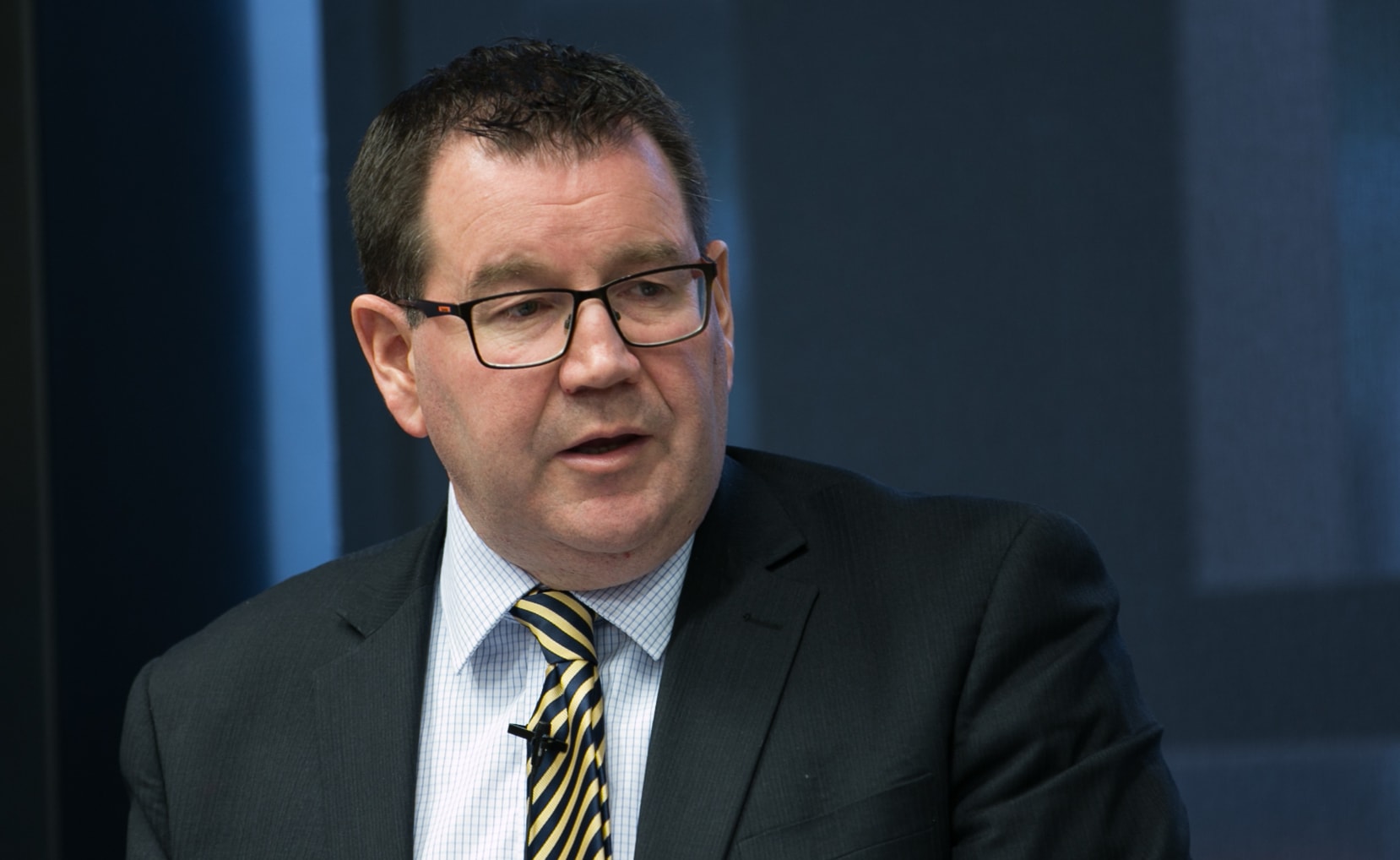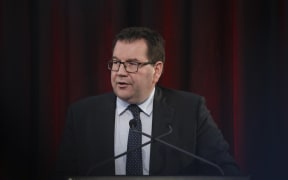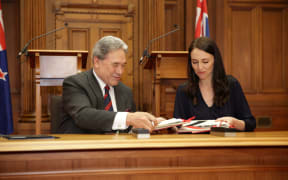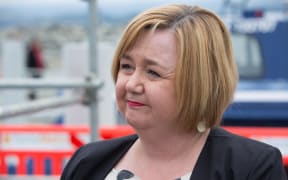The economy is expected to grow at 2.9 percent on average over the next five years, supported by the swelling population, low interest rates, increased government spending and a stronger global economy.

Grant Robertson. Photo: RNZ / Dan Cook
Budget surpluses are forecast to rise gradually from $2.5 billion in the June 2018 year to $8.8 billion in 2022.
Labour's 100-day plan
The Finance Minister, Grant Robertson, said its 100-day plan, which includes a $5.5bn families package and free tertiary education package, will be largely paid for by cancelling National's planned tax cuts.
The Treasury forecasts the cost of the government's 100-day plan will be broadly neutral over time, with net operating expenses totalling $48 million over the period.
Capital spending will rise by $5bn over the next five years, with an extra $2bn going to Kiwibuild.
The government will also resume contributions to the New Zealand Superannuation Fund, with $500 million being injected tomorrow, rising gradually to $2.2bn in 2022.
With the 100-day plan incorporated into baseline forecasts, new spending rises to $2.6bn in the June 2018 year, and $1.875bn each in the two following years.
"Major investments will be made in housing, health, education, police and infrastructure to address the social and infrastructure deficits that have emerged in New Zealand," Mr Robertson said.
Solid economic growth will boost the tax take, rising to $97.8bn in 2022.
Crown expenses are expected to increase by $19bn from $76.3bn to $95.3bn in 2022.
Solid economic growth
The economy is expected to grow 2.9 percent on average over the next five years, slightly lower than forecast in the pre-election fiscal and economic update in August.
While growth is forecast to be slightly weaker in the near term due to adverse weather for the agricultural sector and the slowing housing market, activity will be supported over time by the swelling population, low interest rates, increased government spending and a stronger global economy.
Growth is expected to peak at 3.6 percent in June 2019 as government spending in areas such as the Families Package flow through the economy and boosting household consumption.
Unemployment is expected to decline to around 4 percent, and wage growth to pick up, due in part to planned increases in the minimum wage.
Higher inflation is projected to see interest rates rise steadily from 2018.
Compared with the pre-election update, the total cumulative increase in nominal gross domestic product is higher by $1.5bn over the four years to June 2021. Tax revenue is a cumulative $6.6bn higher.







